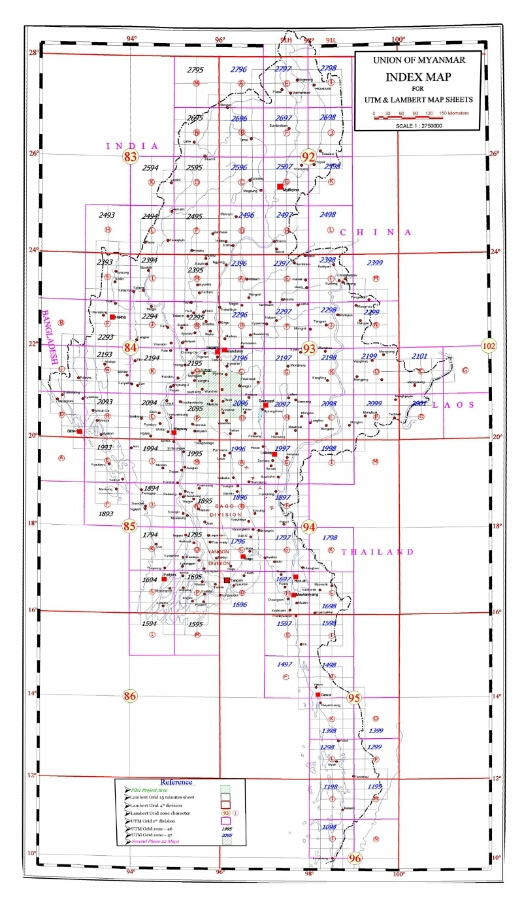

- #10201 Database Linux X86 64.Cpio.Gz install#
- #10201 Database Linux X86 64.Cpio.Gz archive#
- #10201 Database Linux X86 64.Cpio.Gz download#
Remember that RPM utilizes CPIO for the actual file archiving.
#10201 Database Linux X86 64.Cpio.Gz install#
How can we do that without having to install the package, which would also drag in a lot of additional software that we don't need at this point? There are actually several ways to achieve this goal. Let's say we wanted to take a closer look at the init script /etc/rc.d/init.d/oraclevalidated. etc/sysconfig/oracle-validated/oracle-validated.params etc/sysconfig/oracle-validated/oracle-validated-verify Listing 4: Listing the Files Included a Package We can also look at the files included in the package, as shown in Listing 4. This package verifies and sets system parameters based on Oracle validatedĬonfiguration recommendations for Oracle Enterprise Linux Release 5įiles affected: /etc/nf, /etc/security/nf, /etc/nf, /boot/grub/menu.lst.įor changes to modules, this package installation will modify module parameters and re-insert. Summary : Verifies and sets system parameters based on Oracle validated configuration recommendations for OEL5 Group : Test Environment/Libraries Source RPM: oracle-validated-1.1. Install Date: (not installed) Build Host:. Name : oracle-validated Relocations: (not relocatable) Warning: oracle-validated-1.1.86_64.rpm: Header V3 DSA/SHA1 Signature, key ID 1e5e0159: NOKEY Listing 1: Downloading the oracle-validated Package
#10201 Database Linux X86 64.Cpio.Gz download#
The oracle-validated package is included in the latest Oracle Linux 5 distributions, but you can also download the package separately from, as shown in Listing 1. Among other tasks, this package creates the appropriate user and group accounts, configures various Linux kernel parameters, and ensures that all required libraries and applications are installed.

The oracle-validated package is very useful for preparing an Oracle Linux system before installing Oracle Database, because it performs many of the required preparations in one step.

In the following examples, I use the oracle-validated package for illustration purposes, but you can perform the same steps with any other RPM package. You can use the rpm command line tool to obtain this information and to look at the contents of a package without installing the package. rpm files is cpio, with some additional metadata attached to it.
#10201 Database Linux X86 64.Cpio.Gz archive#
RPM packages are archive files, similar to. Additionally, RPM is capable of verifying the integrity and authenticity of a package by supporting cryptographic signatures and file checksums. It is aware of configuration files and can take care of not overwriting changes made by an administrator during an update. RPM ensures that requirements and dependencies, as well as conflicts between packages, are taken into consideration. rpm file format, "RPM" is also the name of a command line tool that keeps track of package versions and the files contained within a package by storing this information in a local Oracle Berkeley DB database. Although both have their pros and cons and get the job done, I'll focus on RPM in this article. On the other hand, Debian Linux and derivatives such as Ubuntu Linux use an alternative packaging format called deb. Oracle Linux uses RPM, the well-known RPM package manager, to facilitate the installation, upgrade, and removal of application packages. Software and applications on Linux systems are usually organized in the form of "packages" that contain all the relevant parts of an application (for example, binaries, configuration files, and libraries). This might be handy if you don't have root permissions on a system, but you need to access some files that are contained inside an RPM package. This article explains how you can look into an Oracle Linux RPM package and extract files from it without having to install the entire package.


 0 kommentar(er)
0 kommentar(er)
